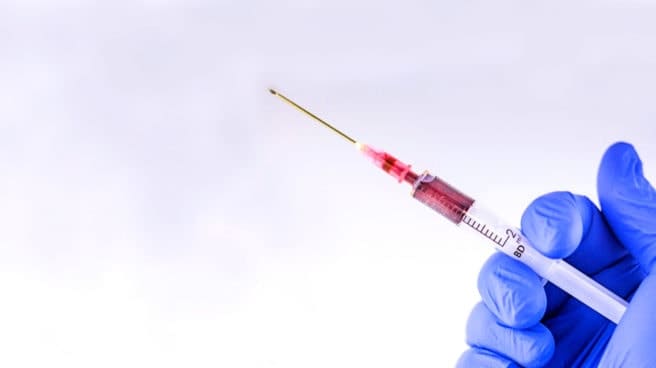A look into our practice of breeding animals for “pets.” what effect does our undying love for our pets have on the animals themselves? Do we have their interest, or our own in mind?
In this post and the next, we’re going to address two aspects of the same topic: the fact that we are literally loving our pets to death! Let’s take a closer look at what the cost of our affections are to our companion animals themselves. Just a quick note, for the sake of time and simplicity, I’m going to be using the terms “pet” and “owner.” these particular terms are far from ideal but are the best for sake of time and understanding.
Let’s start with the words of Gary Yourofsky , who says, “we love these animals to death. And I say to death for a reason. We love them so much, that we breed them, and we breed more of them, and we keep breeding them until we end up murdering 5 to 10,000,000 unloved, unwanted, homeless dogs and cats annually.”
Due to prolific production to meet public demand, the most coveted dogs tend to have the most genetic disorders. A closed registry that allows no new blood into the mix exacerbates the problems. In many American Kennel Club breeds, the founding gene pool was less than 50 dogs. And in some breeds, it’s less than 20. In the words of Dogs Today columnist Patrick Burns, “we did not create the dogs we love in a closed registry system – we have only ruined them there.”
Cambridge University professor, Sir Patrick Bateson, states “to the outsider, it seems incomprehensible that anyone should admire, let alone acquire and animal that has difficulty in breathing or walking. Yet people are passionate about owning and breeding animals which they know and love, even though the animals manifestly exhibit serious health and welfare problems.” It’s a trend that even prompted Consumer Reports to issue a warning in 2003, telling readers that the demand for ever more perfect purebred dogs has concentrated bad recessive genes and turned many pets into medical nightmares.
Even many pet stores that offer AKC registration or proof of purebred standards with their puppies are receiving these dogs from puppy mills where there is no regulation of breeding practices. Puppy mills are low-budget commercial enterprises, often backyard operations that expose animals to filthy, overcrowded conditions, with no veterinary care or socialization.
While we have dog breeders and cat breeders making selective breeds, and people consistently flocking to pet stores, an estimated 25 million animals become homeless every year. And as many as 27 percent of these are purebred dogs. Of these 25 million homeless animals, on an average, 9 million die in the streets from disease, starvation, exposure, injury, or some other hazardous street life. 16 million die in pounds or shelters that have no room for them and are forced to kill them.
Almost 50% of the animals brought to shelters are turned in by their caretakers. Some shelters with budget constraints are forced to use gas chambers and can take as long as 20 minutes to die. It is by far less merciful, more traumatic, and painful. But the procedure is less expensive. Some pet owners don’t want to spay or neuter their pets. Maybe because they want to breed them and sell the puppies.
There’s also the case of male owners that refuse to get their animals neutered, because they see the process as a demasculinization of themselves. Unwittingly or not, pet owners that refuse to spay or neuter are contributing to the euthanization of over 60,000 pets every day in America alone. So come on guys, grow some balls, and stop associating your manhood with your dogs testicular status. If your dog’s lack of balls is a measure of anything, it’s your compassion.
Gary Yourofsky effectively speaks to this issue “since spaying or neutering an animal is a surgery performed with anesthetic, it cannot be labeled cruel. It is simply a violation of their rights, not an act of malice. Considering the alternative – murdering millions of live dogs and cats in city slaughterhouses every year – I will gladly take away an animals rights procreate.”
And now we come to our perils of pure breeding poster child. The bulldog is the most extreme example of genetic manipulation in the dog breeding world. Bulldogs are significantly more likely than other dogs to suffer from a wide range of health issues. Three independent reports into purebred breeding found that some modern breeding practices, including inbreeding, and breeding for extreme trade, are detrimental to the health and welfare of dogs. Bulldogs were noted in all three reports as a breed in need of intervention. With one going so far as to question whether it’s ethically defensible to continue breeding them at all.
Most breeders have a year-long guarantee on their puppies, meaning that if your puppy is defective or has too many problems, you can trade them in for a better model. Ooby is one of these trade-ins. She’s had five surgeries before she was one, had more ER trips than I’d like to count, and in a single month racked about $3,500. Now, I go through all of this not to disparage Ooby, but to put a face to the cost of what happens when we breed animals for our own means and not for their own health.
Natural selection would never say “I’m going to make an animal that can barely breathe and has chronic allergy issues. But darn it, it’s going to be cute.” Should dogs have to go through surgery simply to function as dogs? Is this what we want for our best friends? Perhaps some of the tough questions we should ask ourselves are: Can we keep animals as companions and still address their needs? Is our keeping companion animals in their best interest, or are we exploiting them?
Some of the ways humans hurt animals are clear and easy to see, but others are more subtle and more difficult to address. I hope this has shed some light onto these areas.
Don’t miss the next nugget where we delve into the pet food industry.
— Emily Moran Barwick






